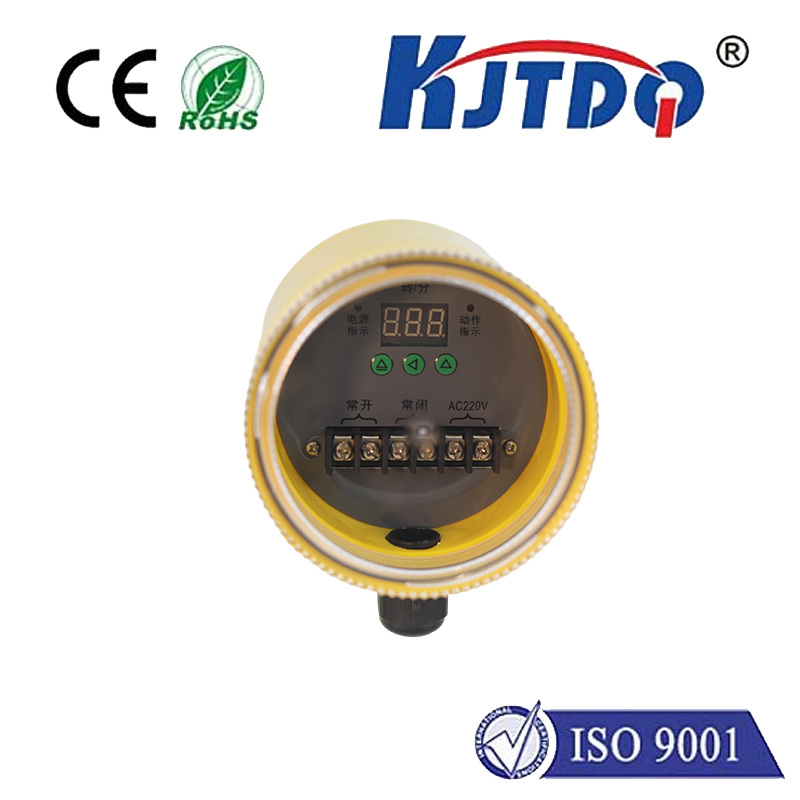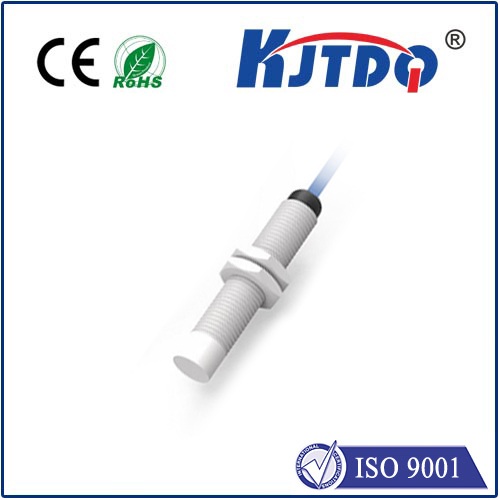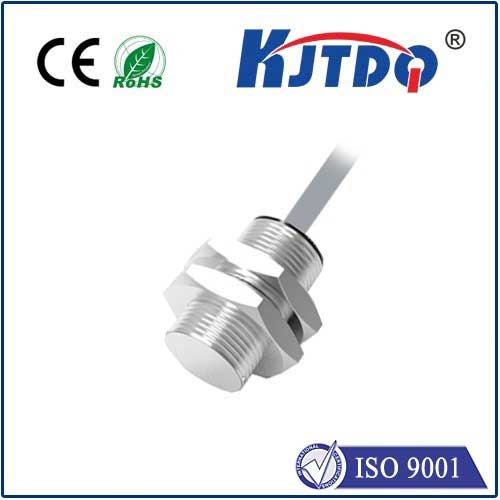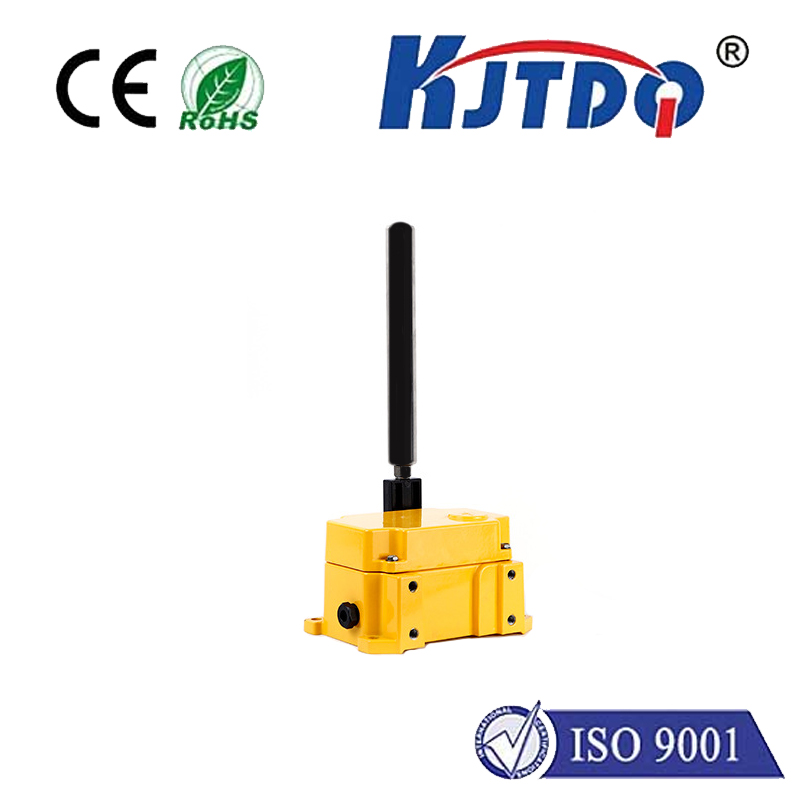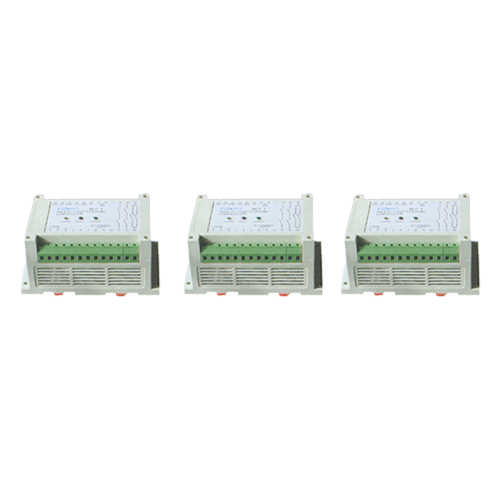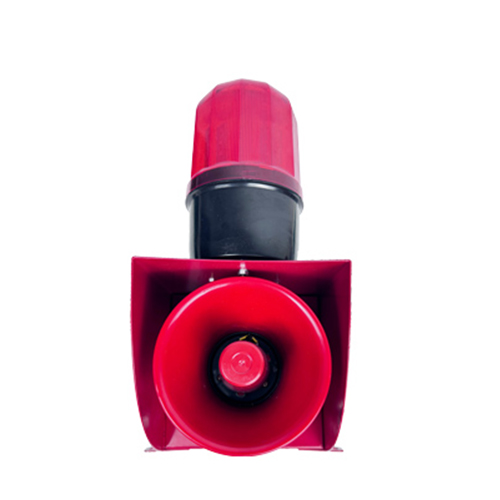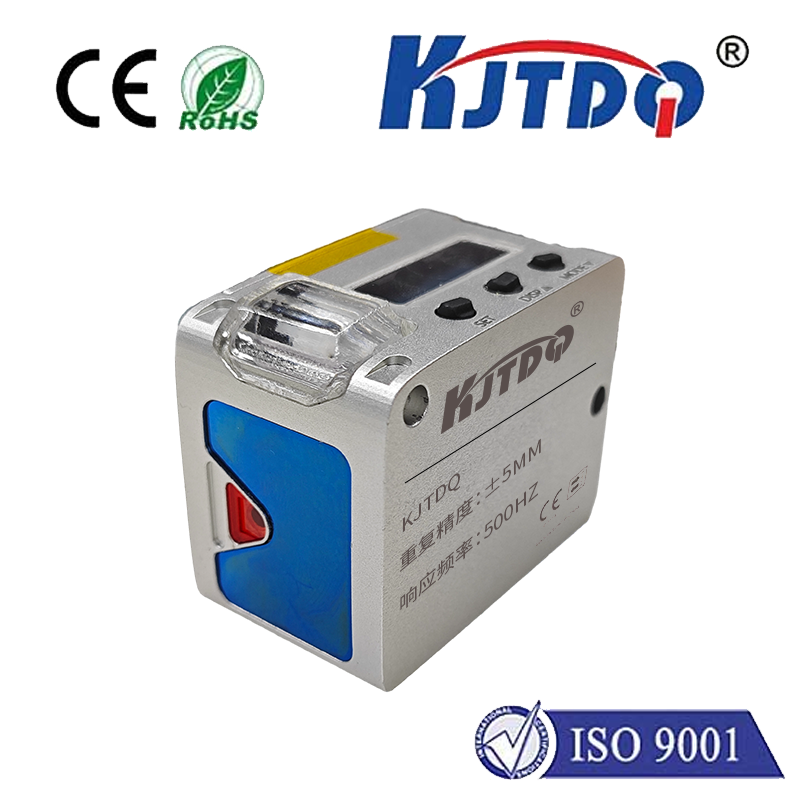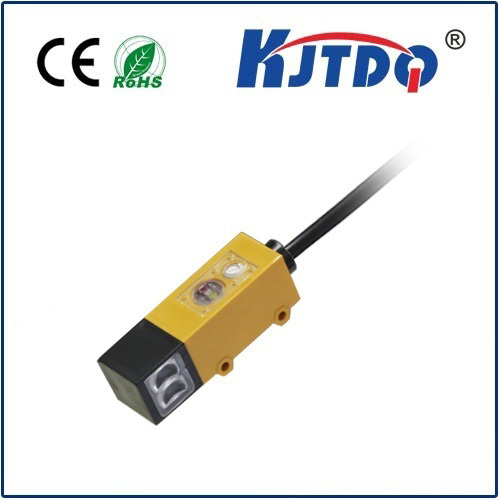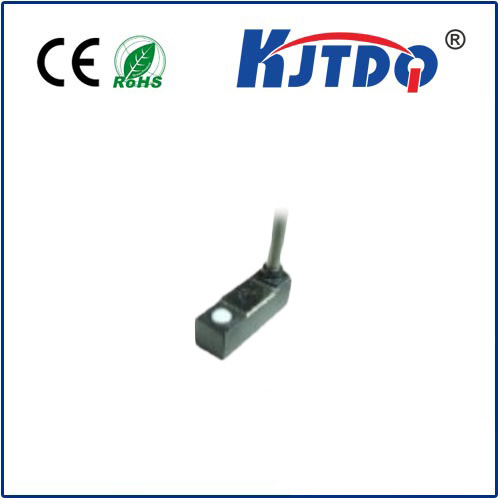

check

check

check

check

check

check

check

check

check

check
In the world of automation and industrial control systems, a sealed limit switch is a critical component that helps monitor the position or movement of various mechanisms. A sealed limit switch is designed to operate in harsh environments, making it an ideal choice for applications where precision and reliability are paramount. In this article, we will delve into the details of what a sealed limit switch is, its types, applications, and benefits.
What is a Sealed Limit Switch?
A sealed limit switch is a type of sensor that detects the presence or absence of an object within its operating range. It consists of a housing containing a set of electrical contacts that close or open when the object reaches a specific position. The switch is sealed to protect it from dust, dirt, moisture, and other contaminants that may damage the internal components. This makes it suitable for use in challenging environments such as those found in manufacturing plants, construction sites, and outdoor installations.

Types of Sealed Limit Switches
There are two main types of sealed limit switches: non-contact and contact. Non-contact sealed limit switches use magnetic fields to detect the presence of an object without physical contact. They are typically more durable than contact switches but have a shorter detection range. Contact sealed limit switches, on the other hand, require physical contact between the object and the switch to activate. They are less expensive than non-contact switches but may not be suitable for applications where the object moves at high speeds or with significant force.
Applications of Sealed Limit Switches
Sealed limit switches have numerous applications across various industries. In manufacturing, they are used to monitor the position of machines and equipment to ensure proper operation and prevent accidents. In construction, they help control the movement of heavy machinery and vehicles. In transportation, they play a crucial role in monitoring the position of doors and gates. Additionally, sealed limit switches are used in HVAC systems to control temperature and humidity levels.
Benefits of Using Sealed Limit Switches
Sealed limit switches offer several benefits over traditional switches, making them an attractive option for many applications. Firstly, their sealed design protects them from environmental factors that can cause damage or reduce their lifespan. Secondly, they provide precise positioning, which is essential for applications that require accuracy and repeatability. Thirdly, they are available in various sizes and configurations, allowing designers to select the appropriate switch for their specific needs. Finally, sealed limit switches are easy to install and maintain, reducing downtime and repair costs.
In conclusion, sealed limit switches are an essential component in modern automation and industrial control systems. Their ability to operate in harsh environments and provide precise positioning makes them ideal for applications where reliability and accuracy are critical. With their numerous benefits and diverse applications, sealed limit switches are sure to remain an integral part of industrial control systems for years to come.
